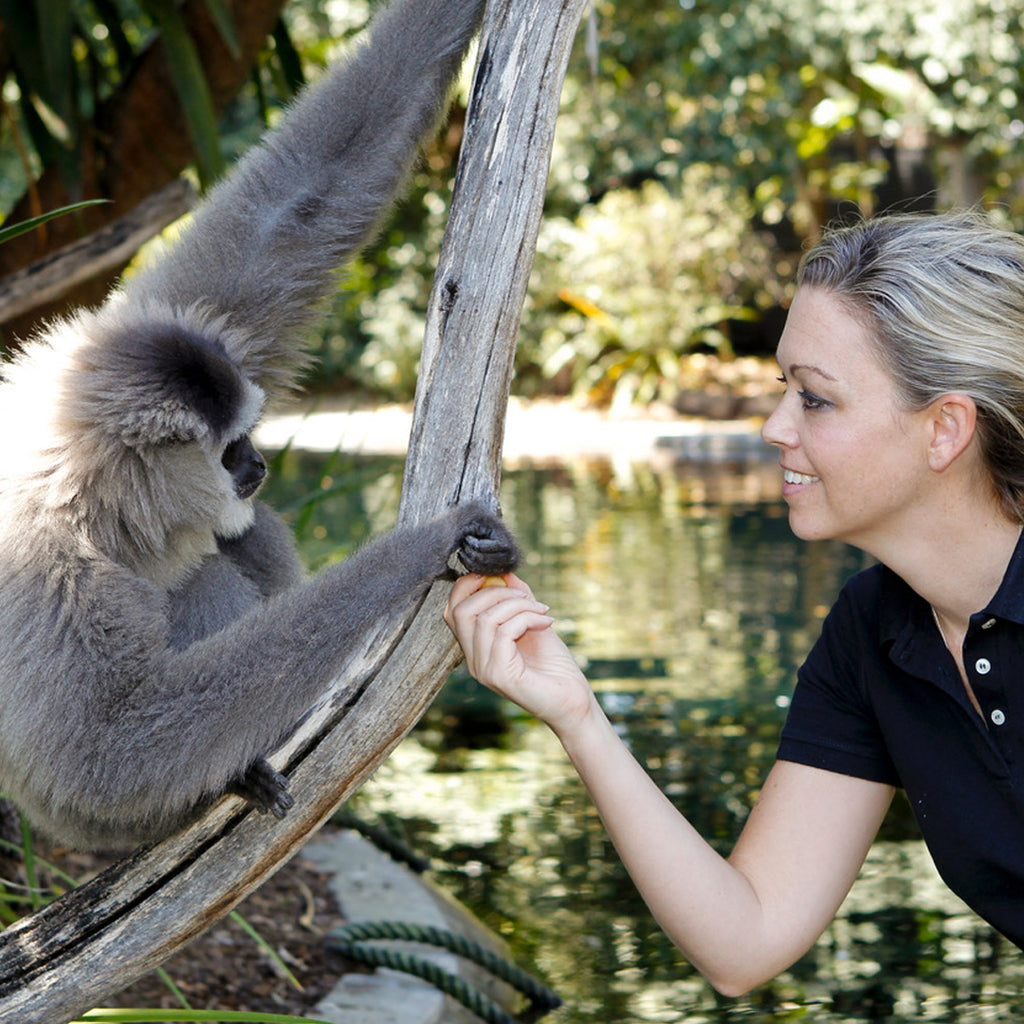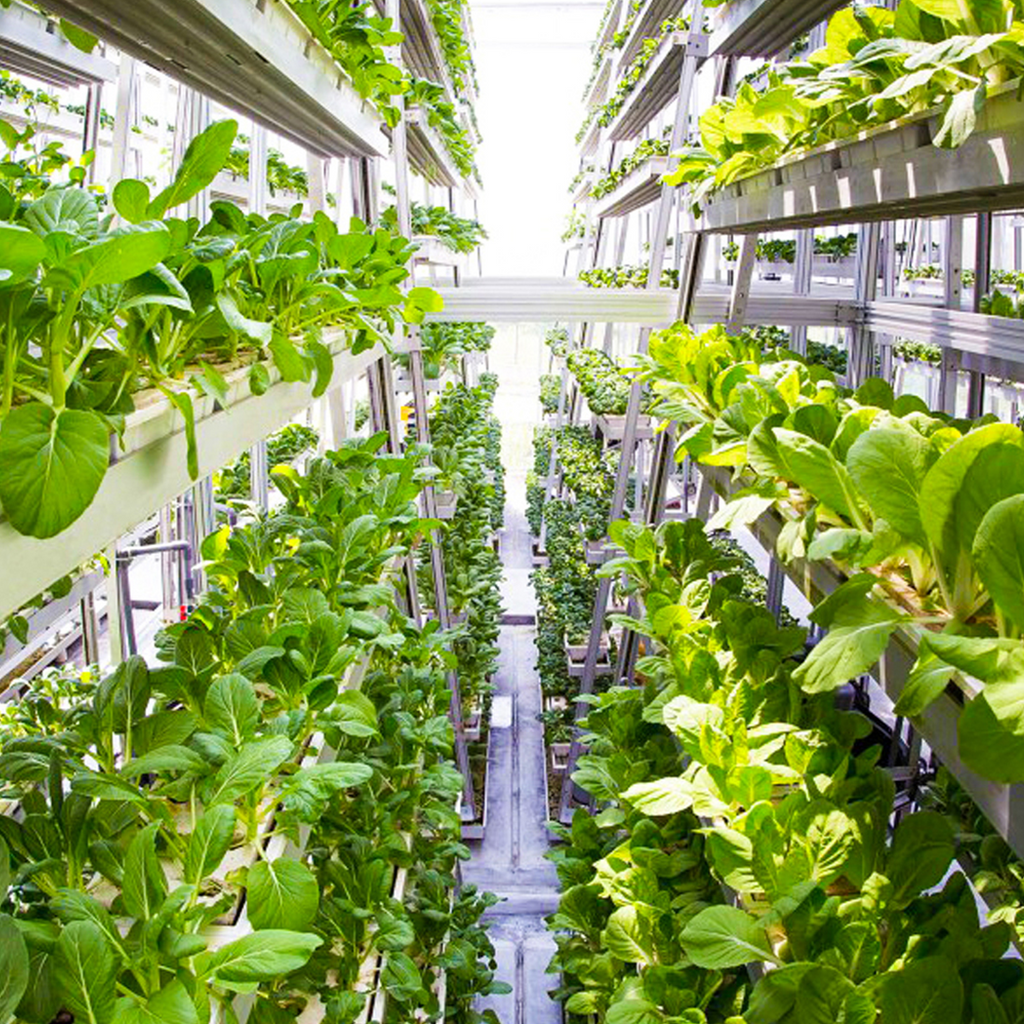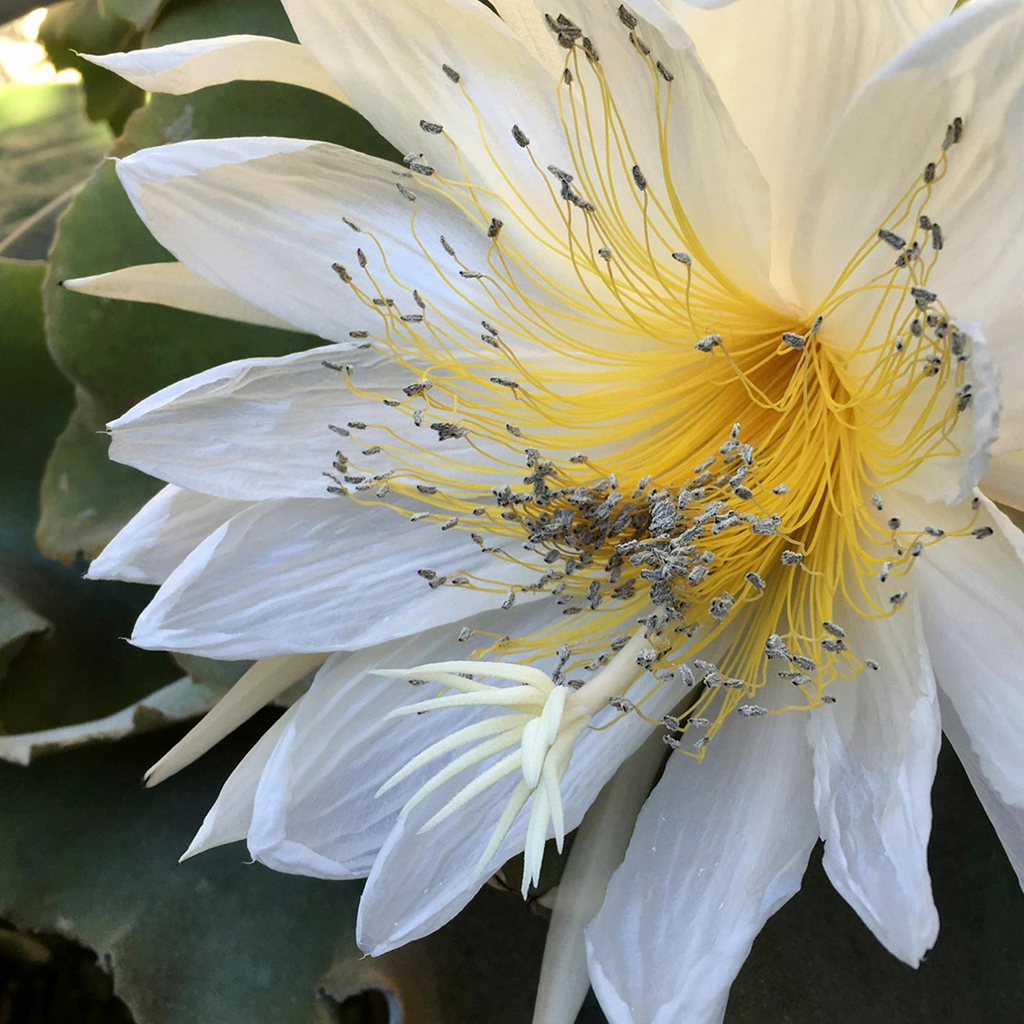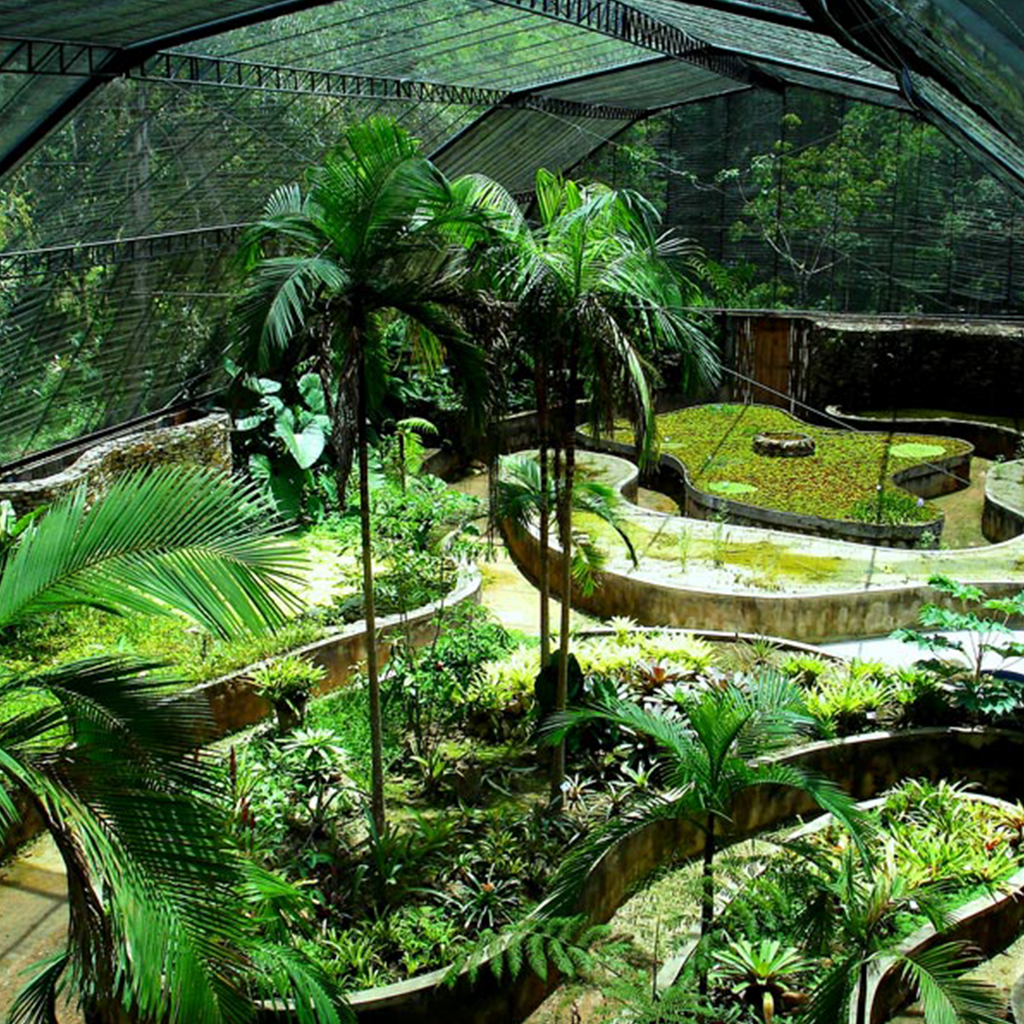Sebastian Kirppu - protector of forests

We are impressed by people who take a stand for our planet and the environment. Even if they risk getting fired. This is exactly what happened to Sebastian Kirppu, a Swedish forest conservationist, when he was vocal about how the Swedish forest industry treats our forests as the horrible conditions threaten biodiversity and in the end our planet, our home.
Tell us a little bit about yourself, where did you grow up?
I was born and raised in a small village called Moholm in the county of Västra Götalands län in between the two largest lakes in Sweden (former Skaraborgs län). I was a sports nerd in younger years playing ice hockey and football (soccer) but I also had a great love for nature. My mother is from Finland and my dad was born in Sweden but his parents were born in Russia (father) and Finland (mother) so I and my brother learnt the foundations of the Finnish language when we were kids. We made trips to northern Finland, at least once a year because my mother was born and raised there, we often went there by car and camped in the wild with a tent and we enjoyed nature together with the whole family. When I was 19-20 years old I understood that nature and environment are more important than sports so I started studying nature conservation at Klarälvdalens folkhögskola in the northern parts of the county of Värmland. The studies ended in 1995 and since then I have been working with different nature conservation projects, mostly doing inventories of endangered species and old-growth boreal forests.

Sebastian Kirppu with a Siberian Jay.
Where did your interest in the environment begin?
I think it all started by watching the fantastic programs on Swedish television about the natural world presented by Arne Weise, called “Ett med naturen”. But on the other hand, my whole childhood was spent outdoors playing in the forests around my grandparents home 13 km outside the town of Mariestad. I loved to pick berries and mushrooms together with my grandparents and our family were often out camping so of course everything started already there. But my dream of working with nature in some way started with the programs “Ett med naturen” on the Swedish television.

Dawn at the old growth forest in the Drevfjällen nature reserve.
As a forest conservationist, how would you describe the work you do and the importance of it?
I usually call myself a forest biologist. I am into understanding the forest ecosystem and how everything is connected to each other in this amazing world of trees, lichens, fungi and so on. My work has mainly, during the many years I have been working, been about doing nature value assessments of old-growth forests and inventories of endangered species in the forests. This is a way of describing the forest habitats and the ecological importance of them. Without a proper inventory made in the forest there is a high risk that the forest will be clear-cut without any knowledge of the ecological values and biodiversity in it or the importance of saving these types of natural forests.

A fir tree that was 312 years old that have been cut down by a forest company that has been certified as environmentally friendly.
What part of your work do you enjoy the most?
To be outdoors in an old-growth natural forest in the boreal region where pine and spruce trees can be found in all of the natural stages in the life of a tree. There you find everything from young seedlings to really old grandmother trees and even dead trees both standing and laying down in different stages of decaying. In these types of natural forests one can find the most interesting and endangered species who are dependent on this kind of ecosystem. This type of forest might be the most wonderful and lovely place you can experience in life.

The silhouette of the old growth forest in the Drevfjällen nature reserve.
What would you say are the biggest challenges in nature conservation?Well, the biggest challenge is to protect and save the last remains of old-growth natural forests on this planet. The exploitation of the natural world made by mankind is nothing else than an extinction of biodiversity and a shift of ecosystems. In Brazil and Indonesia they clear-cut (harvest) old-growth natural forests and replace them with monocultures of Eucalyptus trees of Oil palm trees. In Sweden we do the exact same thing but we replace them with monocultures of Scots pine or Norwegian spruce. There is no real difference between rainforest destruction and boreal forest destruction but when people see the devastation of the tropical forests they get mad and disappointed at the behavior of man but when the Swedish forest companies make the same extinction of our ecosystem hardly no one dares to say that it is wrong. I can not understand why we as human beings do not see the real problem in our own country where we in reality are one of the countries in the world who has destroyed our own natural forest ecosystem far more worse than any other country in the recent 60 years.

The wood by the road is from an old natural pine forest, which has been clear felled by a FSC certified forest company in Sweden.
We read about a conflict that rose between you and your employer as you were working to protect the forests in Sweden. Have you met a lot of resistance in your line of work?
Yes, I have. It is strange that we in Sweden, which is a country that defines itself as a very democratic society can´t accept that citizens engage themselves in the environmental movement just because some of us are employed by the state. People then demand that as a state employed person one ought to follow the rules of the state legislation and in a democracy these rules are freedom of speech and freedom of engaging oneself in political parties and of course the freedom of using science and facts to help protect the biodiversity and ecosystems of the natural world.
During the years I have been working with these matters the forest companies and forest owner organisations have tried to scare my employers by calling them and trying to force them to keep me quiet. When you think of this behavior from the forestry industry in Sweden it is actually quite similar to how the Maffia or other criminal gangs behave towards solicitors who try to end the criminal actions in the society. The fact is that the Swedish forestry is doing criminal actions towards the biodiversity and ecosystems of the forest. It is scary how our society is evolving towards a denial of the natural world’s importance for our well-being.

Here we see an example of clear-felling forestry. This doesn't just destroy the biodiversity of the forest, but also results in the destruction of the forest soil as the scars from heavy machines creates ditches which leads heavy metals like mercury in the soil precipitating into streams and lakes and thereby into our food-chain. In Sweden pregnant women and children are recommended not to consume fish from our lakes because of the high levels of methylmercury. This is because of the clear-felling forestry with large and heavy machines.
In your opinion, what needs to be improved in the conservation of the forests?
The most important thing is that we all need to be aware that forest ecosystems, biodiversity and climate are all connected.
At first the Swedish state needs to put in more money to pay forest owners for protecting their natural old-growth forests. The second thing is that forestry companies need to fully comply with the certification standard schemes otherwise the FSC and PEFC certifications are just green-washing. The third and most important thing is that we need to listen to the scientists, just as Greta Thunberg always reminds the politicians of. It is obvious that Sweden do not comply with the facts that science has shown about how much of the productive forest land that needs to be protected to save our ecosystems and biodiversity in natural forests. The EU and UN are launching a plan to protect at least 30% of our ecosystems until the year 2030. In Sweden we have legally protected 6-7 percent of our productive forest land ecosystems. To achieve the international goal we have a long way to go. Therefore we need to make a plan of how and where these 30% should be located so they make the best contribution for biodiversity and climate. Finally, we need to shift the forest management from clear-felling forestry to continuous cover forestry which is a more environmentally friendly way of managing the forests.
In this clearcut no environmental consideration has been left along the stream which damages the ecosystem of water. Clear felling forestry is destruction of both forest and water ecosystems and its biodiversity.
What are your thoughts on climate change? How big is the impact on the Swedish forests?
The climate change is a reality. The ones who still deny this can’t be taken seriously. Climate change, exploitation and degradation of our natural ecosystems and its biodiversity are the two largest challenges we meet as a society. We need to stop them both, otherwise the future for our coming generations seems to be dark. The best way to cope with this is to use knowledge and to start admitting that climate, functioning ecosystems and biodiversity are connected to each other. If the forest ecosystem is intact the biodiversity in it is larger and therefore this ecosystem has a better resilience against climate change. A rich natural biodiversity has greater chances to adapt to changes. Compare this with the monocultures planted almost everywhere in Sweden and in other parts of the world. These fields of crop (planted trees) are very vulnerable when the climate is changing. For example we have seen how forest fires become really large and intensive when summers are warm and dry. We have also seen how the spruce bark-beetle population has increased in the south of Sweden because of the drought in the year 2018 and now the bark-beetle is damaging economical forest values for millions of SEK.
If we wouldn’t have replaced the natural forest habitats with planted monocultures of spruce the bark-beetle probably never would have been a problem in this size. For the biodiversity of the spruce forest, the bark-beetle plays an important role. I usually say that the bark-beetle has the same role for natural spruce forests and its ecosystem as wild-fires have for the natural pine forest ecosystem.

An old growth forest of fir trees with old trees and large amounts of dead wood. Dead wood is the most important component for creating biodiversity in the forests.
How does clear cutting of forests affect the environment?
Clear-cuts are the worst destruction of the natural biodiversity in the forest ecosystem. It is also the worst destruction of the natural carbon stocks stored in the forest soils. When a clear-cuts are made in natural old-growth forests the cover of trees and their canopy is destroyed. This leads to extinction of biodiversity and an increase of CO2 emissions from the carbon stored in the soil. The carbon stocks will probably never return to its full potential again because the planted monoculture that replaces the old-growth forest will be clear-cut already in the coming 60-80 years. This means that there is no chance for carbon to be stored in these young fields of crops (plantation of trees). The carbon storage in the old-growth forests is dependent on the diversity of, so called, mycorrhizal fungi. Mycorrhizal fungi are living in a symbiosis with tree roots and without trees these fungi can not survive. So clear cutting forestry affects the environment in the both worst ways, degradation of ecosystems and emissions of greenhouse gases which speeds up climate change.
As a studio creating furniture in wood we are curious about your thoughts on the importance of knowing where the wood comes from.
-This is an important topic. The best contribution to saving biodiversity and mitigating climate change is to use raw material from so called continuous cover forestry. This is built on selective logging of trees in the forest instead of clear cutting the forest. This continuous cover forestry is a much more environmentally friendly way to harvest trees and it also considers both biodiversity and climate change matters. As I see it there are very few forestry companies or forest owners who really manage the forest with the focus on selective logging, biodiversity and climate. To make a change, companies like yours could play an important role by trying to just buy the raw material for your furniture from forest owners/companies who manage their forests with continuous cover forestry. In that way both your company and the forest owner can make an important and positive impact on climate change and biodiversity. A cooperation like that could be the role model for more forest owners and companies to follow. This could be the change we need for saving biodiversity and mitigating climate change and giving our children and grandchildren a better future.

The Ents exist. In this photo we see pine trees that most likely are around 700 years old. There are also some dead pine trees, without bark, that have probably been dead for many hundreds of years.
What would, in your opinion, be the most sustainable way of sourcing wood in Sweden?
First we need to protect at least 30% of our productive forest land for biodiversity and climate. Then we need to use continuous cover forestry on the larger amount of the 70% of productive forest land we use for harvesting raw material called wood.
What do you think about FSC certified wood? Is it sustainable?
In the way the FSC certification works in Sweden it is not sustainable in any way. It is considered to be a bit better than PEFC certification but still, both certification systems are green-washing. If you need to buy FSC certified forest products, you need to buy German FSC certified wood, because clear cutting forestry is not allowed within the German FSC standard in the way it is allowed in the Swedish FSC standard.
What are your thoughts on bio fuel? Do you consider it good for the environment in comparison to fossil fuel?
Biofuel is by far the worst way of using raw-material from the forests. We will never be able to replace fossil fuels with biofuels from the forest, that is impossible. The amount of biofuels needed would be the death of forest ecosystems and its biodiversity on planet Earth. We need to stop using fossil fuels and biofuels in large scale because both of them make emissions of CO2 into the atmosphere, which speeds up the climate change problems.
What would you say are a couple of things people can do to be more environmentally friendly in their everyday lives?
Eat more vegetarian food, buy second hand, buy furniture from serious companies who care about nature and environment (don’t buy it from IKEA or JYSK and so on for example), do not travel by airplane too often and plan your vacation trips, do not be a part of the overconsumption, but the most important thing is to be aware and to learn about nature and environment. If you are aware then you can always share this awareness to friends, family and others and the more of us who are aware the better chances to make a change.
Finally, what makes you happy?
When I see people getting aware and start understanding that the natural ecosystems are our best friends, especially the forest ecosystems and that this planet is our only home. As human beings we actually evolved from the forests. We came from the forests. Without the forest ecosystems we would not be where we are or what we are today.

Old growth forest in the Drevfjällen nature reserve.








